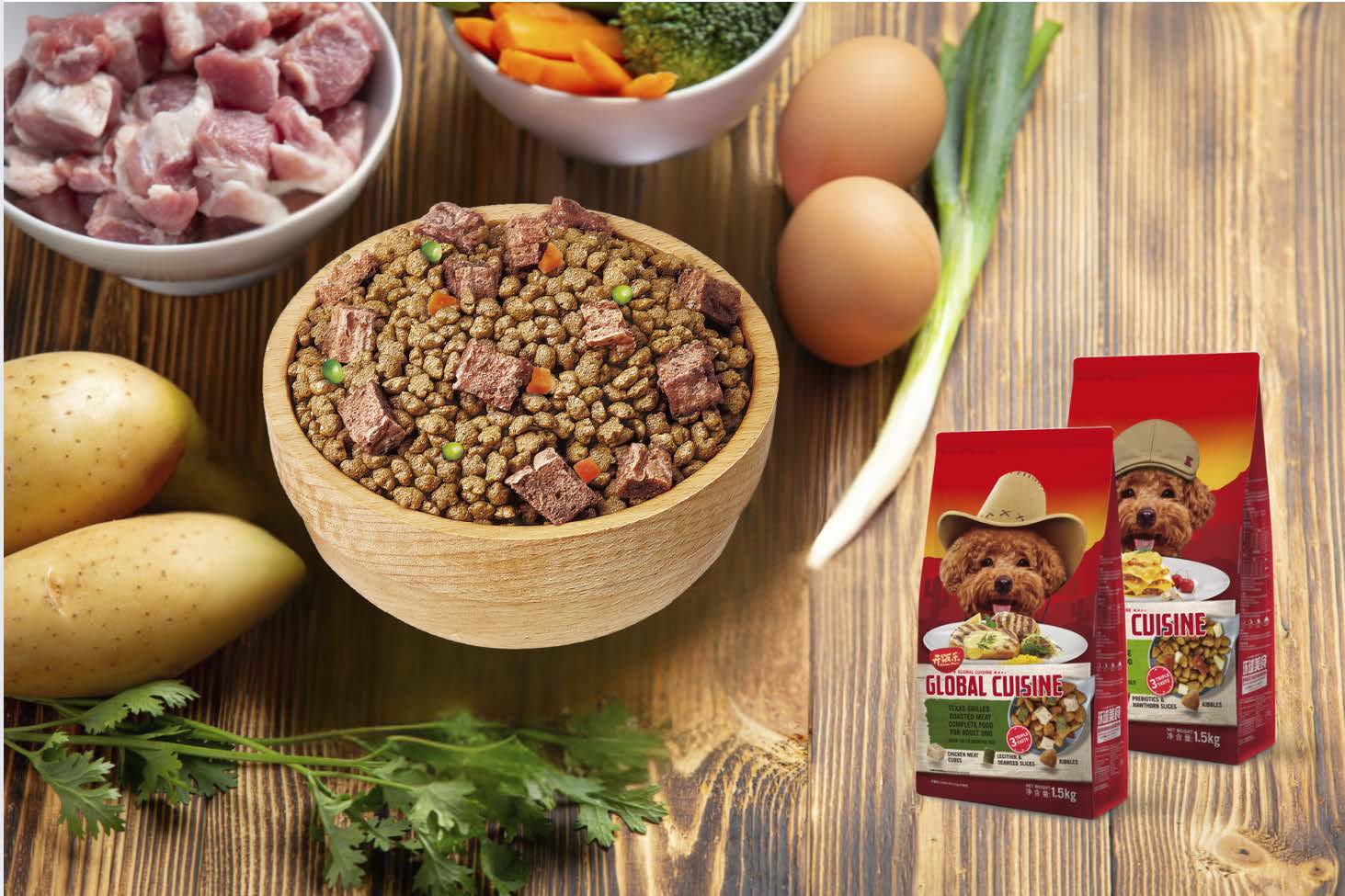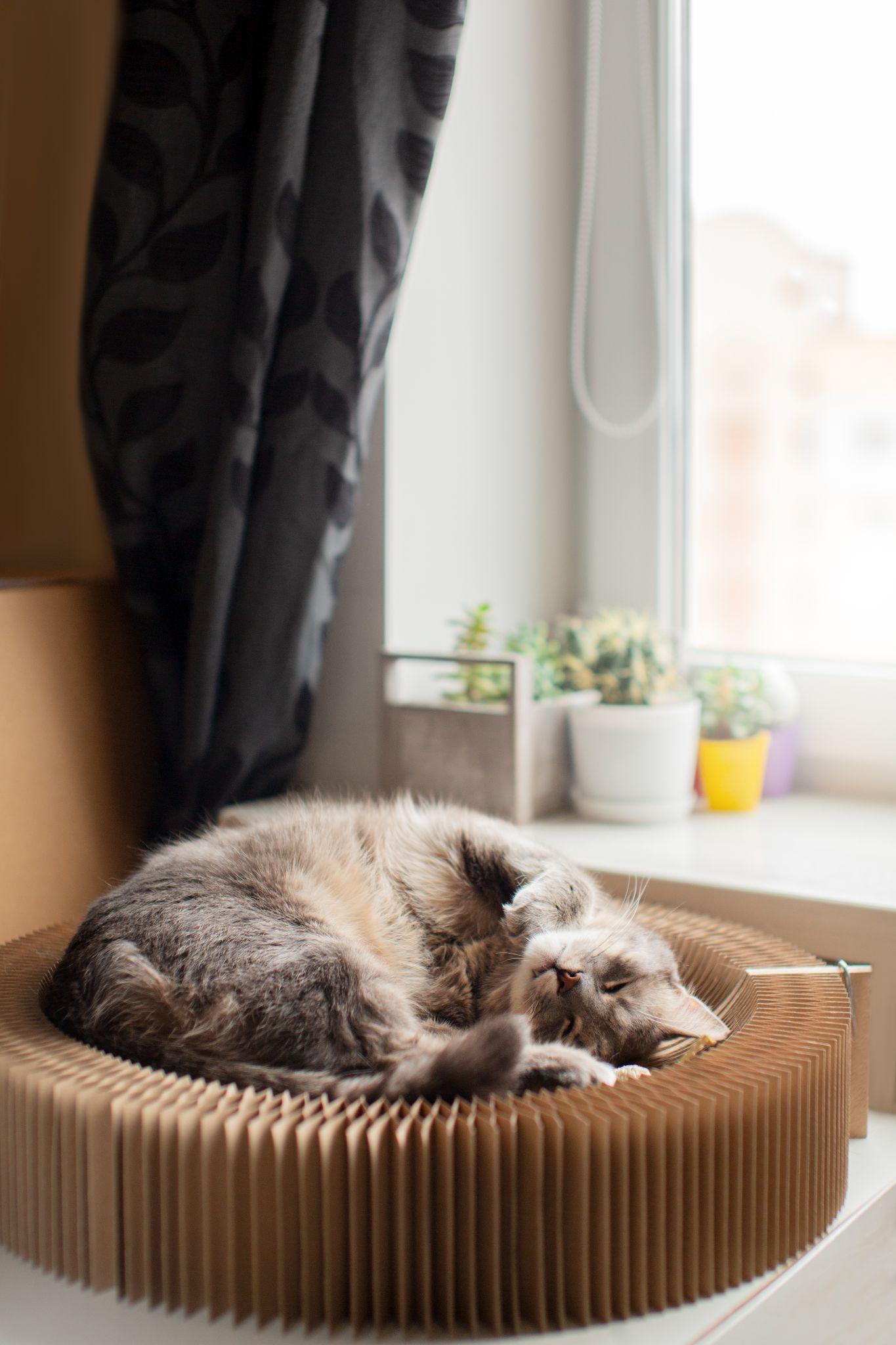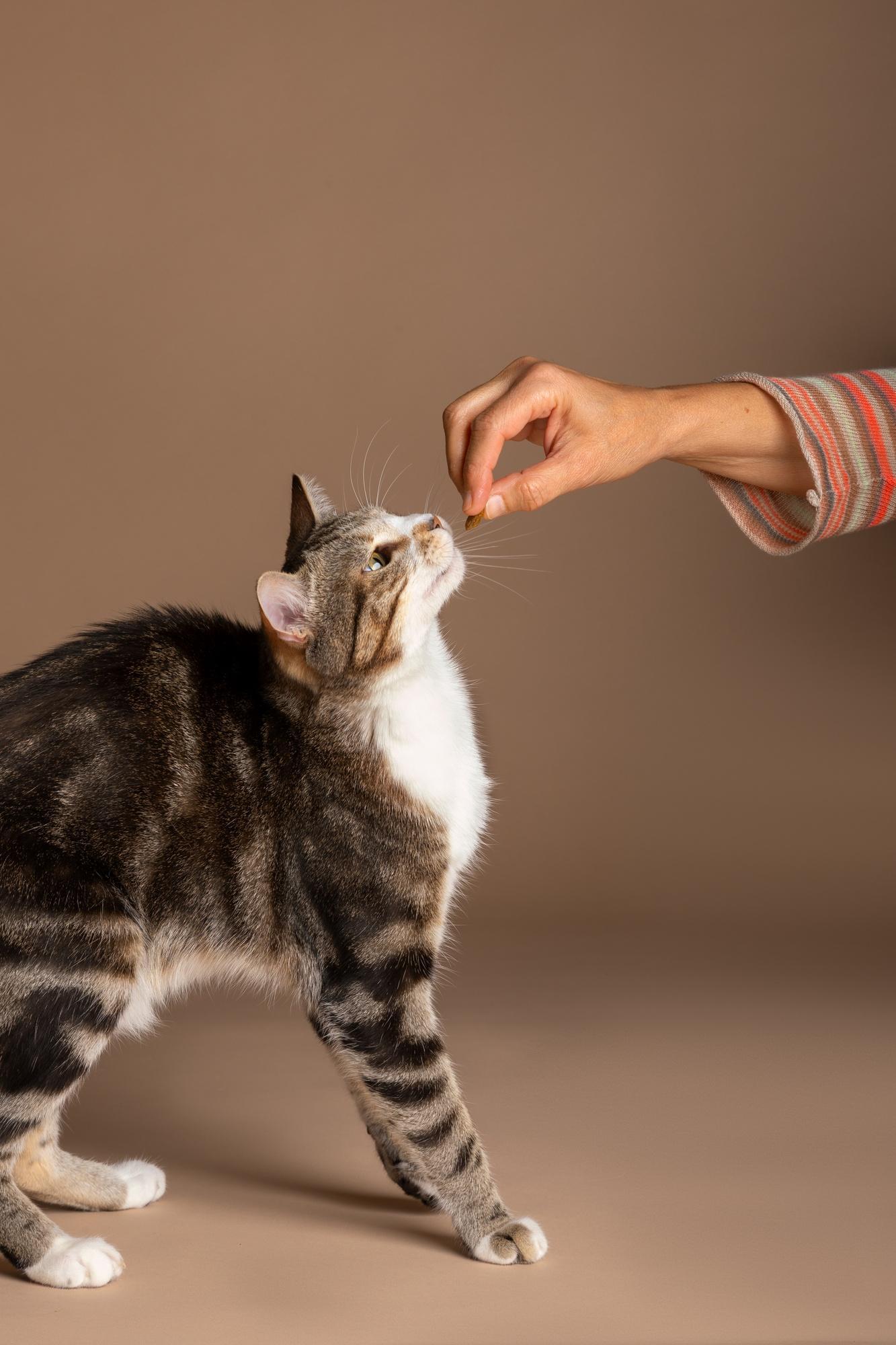When browsing the pet food aisle, you’ve probably seen the term “grain-free” pop up more and more. But what exactly does it mean, and why are so many pet parents switching to it? Grain-free pet food refers to products that exclude common grains like wheat, corn, rice, barley, and oats. Instead, these foods often use alternative carbohydrate sources like sweet potatoes, peas, or lentils.
One of the biggest reasons people turn to grain-free diets is due to concerns about food allergies or sensitivities. Some pets—especially dogs and cats with delicate stomachs or skin issues—may react negatively to certain grains. Symptoms can include itchiness, ear infections, digestive upsets, and even chronic inflammation. By removing grains, many owners report that their furry companions show noticeable improvements in health and happiness.
Beyond allergies, grain-free foods are often marketed as being more in line with a pet's ancestral diet. Dogs are descendants of wolves, and cats are obligate carnivores. In the wild, their meals would consist mostly of meat, with only minimal exposure to grains. While domestic pets have evolved over time, some experts believe their bodies still process animal proteins better than grains.
Another thing to consider is the quality of ingredients. Many grain-free pet food brands pride themselves on using high-quality proteins, fresh vegetables, and nutrient-rich formulas. This can result in meals that are not only more digestible but also more nourishing overall. As a result, pets may experience benefits like shinier coats, more energy, better stools, and stronger immune systems.
It’s also worth mentioning that some pet owners find their animals enjoy the taste of grain-free food more. Since these diets typically include higher meat content and savory ingredients, even picky eaters might get excited about mealtime. This can be especially helpful for senior pets or those recovering from illness who need to regain their appetite.
That said, it’s important to remember that *grain-free* doesn’t always mean *better* for every pet. Some animals thrive on grains, and whole grains like brown rice or oatmeal can offer beneficial nutrients. What matters most is tailoring your pet’s diet to their individual needs, health conditions, and preferences—with your vet’s guidance, of course.
In conclusion, grain-free pet food is more than just a trend. For many pets, it can lead to real health improvements and a better quality of life. Whether you’re dealing with allergies, picky eaters, or just exploring healthier options, understanding what grain-free truly offers is the first step in making the best decision for your furry family member.








